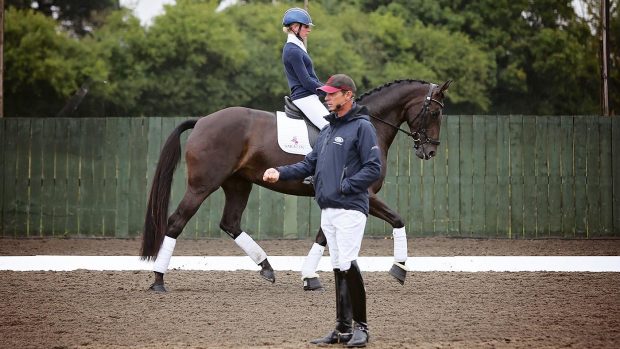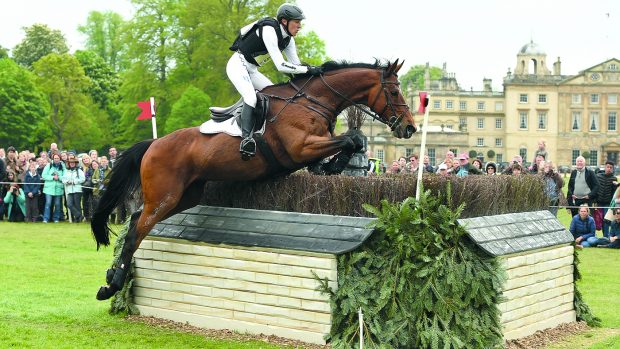Latest dressage news
Little specific research had been carried out into dressage horses’ injuries. But Rachel Murray MRCVS, who has trained horses to grand prix, has pioneered such studies.
“Working a horse incorrectly isn’t just about losing marks in a test; it’s also about increasing risk of injury,” says Rachel.
Common dressage injuries
Dressage horses have a higher risk of hindlimb suspensory injury than horses being trained for other disciplines, but, Rachel adds, a horse working at prelim will be susceptible to different injuries to one working at prix st georges level.
“We have shown through research that lower-level horses have more foot problems and frontlimb suspensory injuries than animals competing at more advanced levels,” she says.
Hyperextension of the knee and fetlock joints puts an enormous amount of strain on the leg structures — encouraging extravagant limb movement and high head carriage without building correct muscle support increases the risk of muscle overload and long-term damage.
Conversely, horses performing more advanced collected work — such as badly practised pirouettes — put huge pressure on the sacroiliac and hind suspensories.
What can riders do about it?
The key to reducing these sorts of injuries lies in correct training. Training that teaches the horse new skills, but also, crucially, equips him with the strength to support what he has learned.
There is a fine line between peak performance and injury — a dressage horse should not spend his whole time repeating the same exercise in a 20x60m arena.
“A lot of people blame a horse for being awkward and unco-operative, when 99 per cent of the time he is probably either not understanding the question or is genuinely not able to perform what is being asked of him because he lacks strength or co-ordination,” adds Rachel.
“It boils down to basic training. Repetition is vital, but it needs to be done in small quantities until the horse is strong enough so that the structures at risk are not damaged.”
For the full article on avoiding dressage injuries, see the dressage special issue of Horse & Hound (8 April, ’10) — OUT NOW
Get the latest dressage news
View dressage horses for sale near you



